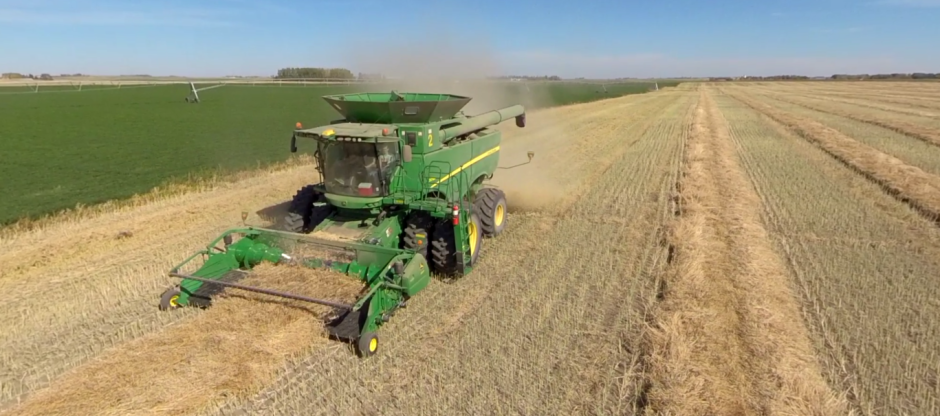2016 farmland values in Canada: 3 things you should know
Canadian farmland values increased at an average annual rate of 7.9% in 2016. While farmland values continue to strengthen, their rate of growth continues to slow overall. This is the third consecutive year the overall rate of increase declined year-over-year. Average farmland values in Canada increased 22.1% in 2013, 14.3% in 2014, and 10.1% in 2015.
Here are my three takeaways from the 2016 FCC Farmland Values Report. PDF (2.7 MB)
1. Growth in farmland values slows
2016 farmland values increased in every province (except Newfoundland and Labrador, where a lack of data precluded analysis), with increases ranging from 1.9% (New Brunswick) to 13.4% (PEI). However, the rate of growth slowed for the third consecutive year in Saskatchewan, and for the fourth successive year in Quebec and Ontario. A slowdown in the rate of appreciation at a time when crop receipts show signs of levelling out is a step in the right direction. It helps to keep farmland accessible for producers wishing to expand.
The only province showing signs of a steadily faster appreciation in 2016 was British Columbia, where urban pressures combined with the province’s unique market opportunities resulted in the highest regional farmland value increase in Canada. Farmland values in Nova Scotia and PEI also rose more than they did in 2015.
Of the 51 regions reported in the FCC study, PDF (3.6 MB) seven show no annual change. Eight regions recorded an average annual increase larger than 10%. British Columbia, New Brunswick, Quebec and Saskatchewan have greater variation across regions, with some showing little year-over-year variation next to regions with strong year-over-year variation.
3. Income and interest rates: Consistent drivers of Canadian farmland values
Healthy farm incomes helped drive up farmland values. Tallies for 2016 farm cash receipts aren’t yet available, but we expect crop receipts grew 2% from 2015 – or 10% above the average of the 2011-2015 period. This was thanks to a low loonie, which helped to strengthen demand for Canadian ag products and soften the impact of weather-related production issues in the west.
Low interest rates also support growth in farmland values. The effective business interest rate of the Bank of Canada steadily declined throughout 2016, reaching a record-low in the last quarter of 2016.
Sustaining farm income is essential to support farmland values
Our next blog will feature what we think about long-term prospects for farmland values.



